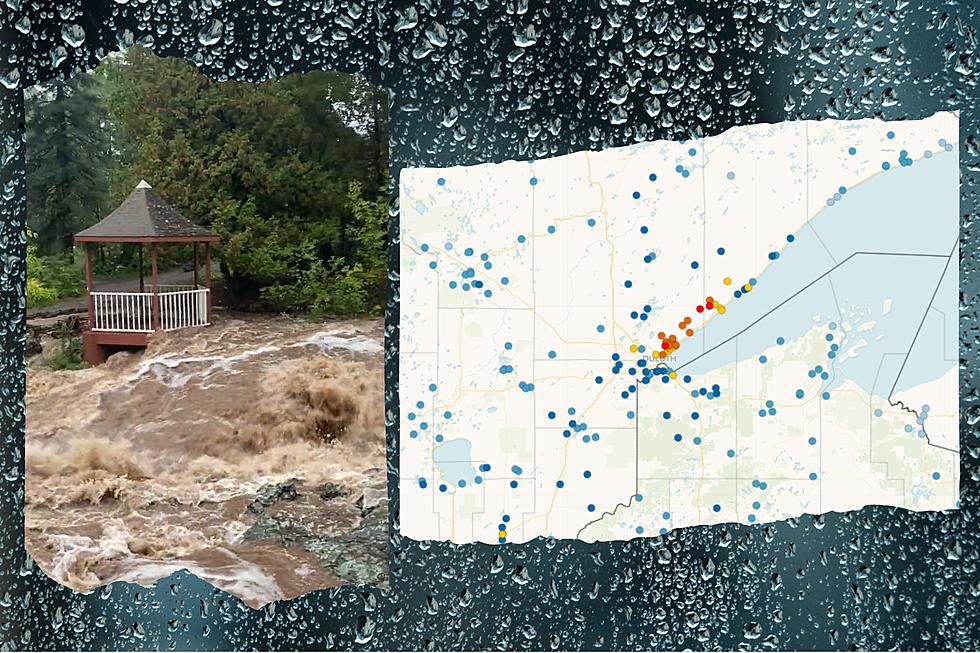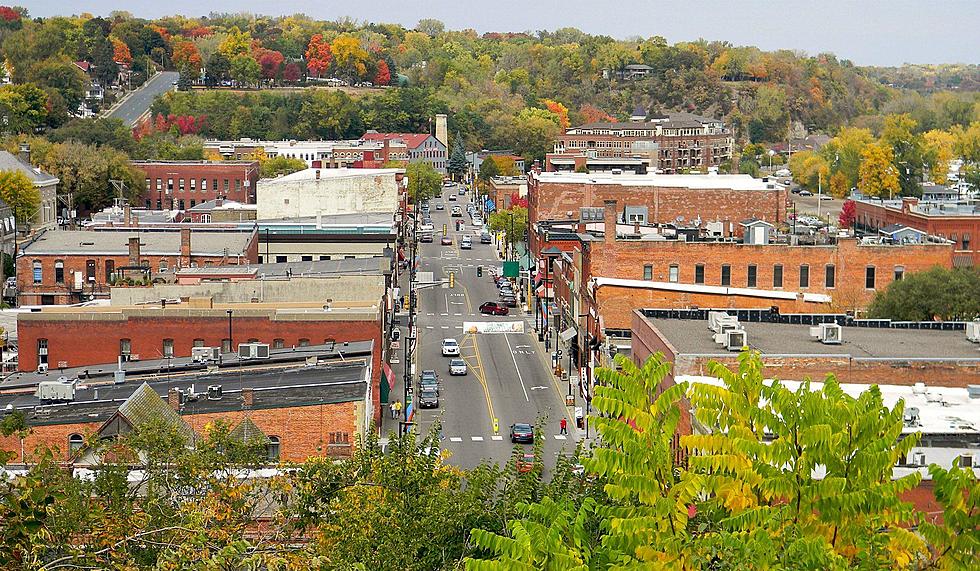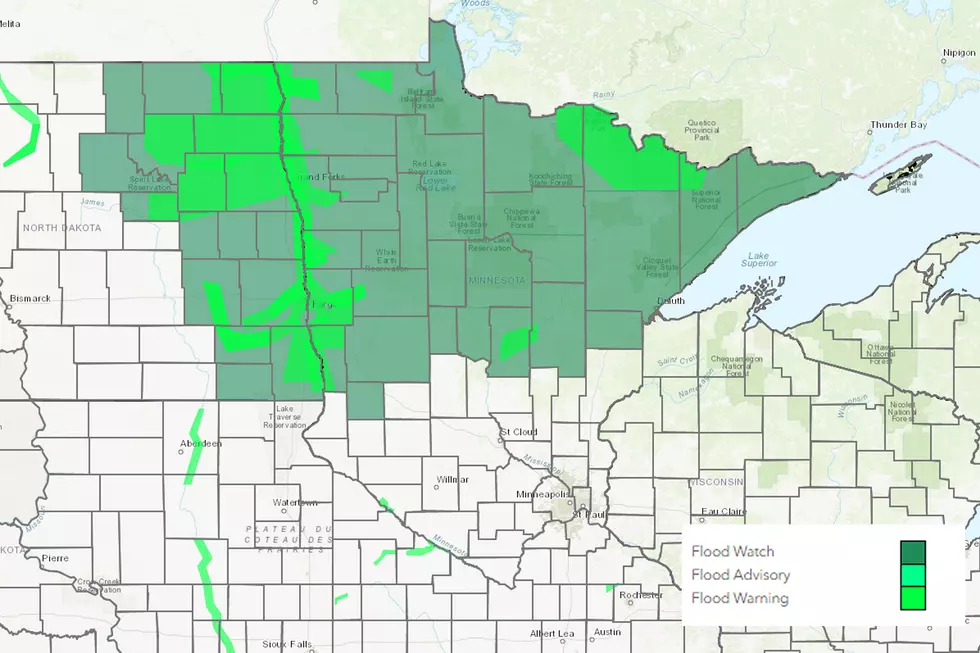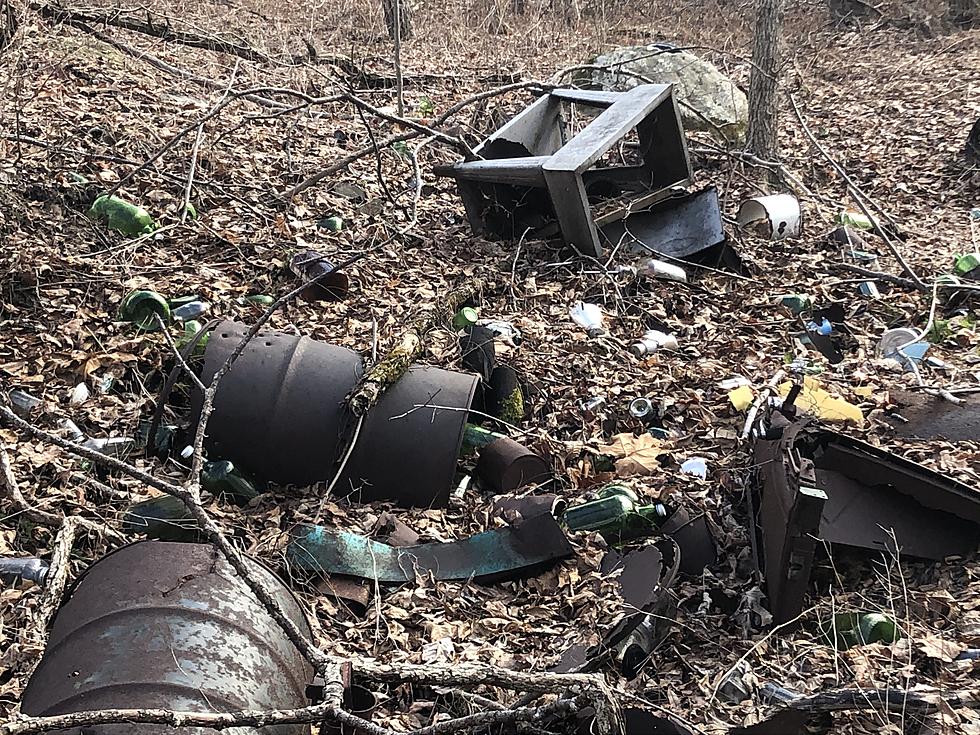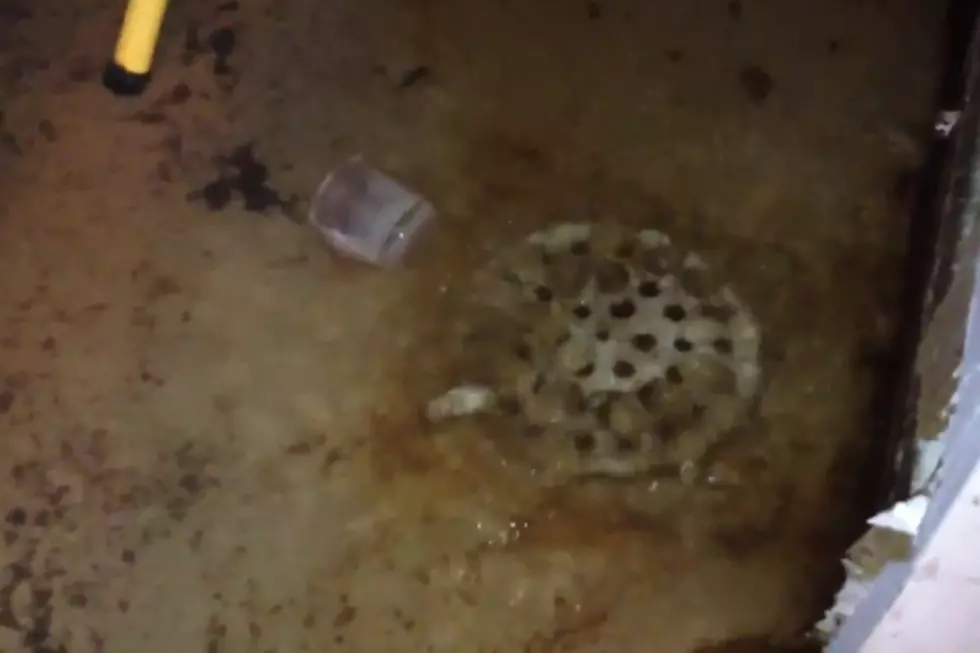
Tips for Using Bleach While Cleaning Up After the Flood
Contaminated water is always a major concern when cleaning up after flooding. The Western Lake Superior Sanitary District has acknowledged that sewer systems in the Twin Ports did overflow, making flood waters unsanitary in many cases. The Minnesota Department of Health offers the following tips for using bleach while cleaning up after the flood:
Basic bleach usage tips
- Keep bleach out of children’s reach;
- Wear gloves and old clothes that cover your skin
- Read the warning label on the bleach bottle
- Open windows and doors and use a fan to blow air outside
- Do not use bleach on “porous” surfaces like carpet or ceiling tile – throw them out
- Do not mix bleach with dish soap or other products
Be cautious - First, scrub the item with soap and safe water and rinse well. Bleach can help kill germs and mold on “nonporous” surfaces without spaces and cracks. Use bleach very carefully. Too much bleach can burn your skin and lungs.
Using bleach on surfaces that come in contact with food - Use this bleach mix on “non-porous” hard surfaces that hold food, like counter tops, dishes and eating utensils. This mix will help kill germs without hurting your skin or lungs.
The MDH recommends scrubbing with soap and safe (clean) water, then rinsing with safe water. After this, mix bleach with water on the ratio of 1 tablespoon of bleach to 1 gallon of water. Wipe or soak surfaces with this mix and allow to air dry.
Killing mold on surfaces that don't come in contact with food - A stronger bleach mix can be used on “non-porous” hard surfaces like walls, floors, and tables to help kill mold. This mix can hurt your skin and lungs. Do not use it for dishes, children’s toys, or surfaces that hold food.
The MDH recommends scrubbing with soap and safe (clean) water, then rinsing with safe water. Then mix bleach with water on the ratio of 1/4 to 1/2 cup bleach to 1 gallon of water. Wipe or soak surfaces with this mix and allow to air dry.
The MDH urges using caution while in contact with contaminated items and contaminated water. The MDH's full flood information website can be found (here).
More From MIX 108
